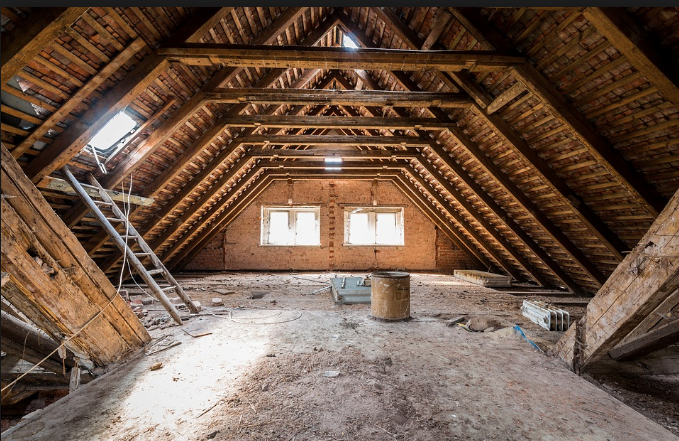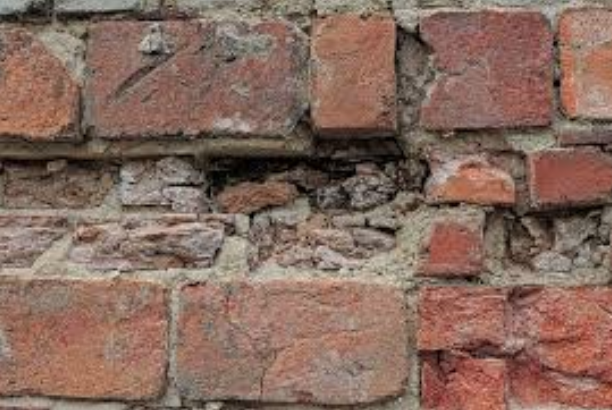Benefits of Attic Ventilation
Many homeowners do not visit their attic, which is why this part of the house is often neglected. However, it is important that you know its condition. This way, you can determine whether or not it requires improvement. Believe it or not, the attic and its ventilation system have a huge impact on different sections of your home, including your roof and its support structure.
Benefits of Attic Ventilation
Attic ventilation is comprised of an air intake and exhaust system. Your home, particularly your attic, has a different temperature from the outside environment. When your attic enjoys effective ventilation, it can provide benefits to your entire house all year round.
If your attic is too hot in the summer and too cold in the winter, you need to create better airflow through proper ventilation by ensuring air flow. No matter what time of the day it may be. The weather or the season should not affect the ventilation as well.
With the right ventilation system in the attic, it lowers or even effectively removes unwanted heat and moisture in the air. As a result, there is less stress placed on the roofing materials, extending the lifespan of the roof. Aside from that, proper attic ventilation helps prevent the following problems:
Overheated attic: This problem is common for homes without ventilation in the attic. The reason behind it is that the air does not move around, causing the trapped air to increase the temperature in the attic and the other rooms in the house.
Increased energy bills: Since the temperature is high in your home, you will end up using your fans and air conditioning units more to combat the problem.
Damaged wood framing: Since there is high heat transfer in the house, it can warp the door frames, walls, and word structures.
Aside from the heat in the house during the summer season, winter is also a huge problem. Steam from the shower, pots, pans, and clothes dryer can go to the attic and get trapped there. It leads to condensation, which renders your home’s insulation ineffective.
Types of Roof Vents
Before you start installing a ventilation system in your attic, it is necessary that you know your options. There are different types of roof vents, including:
Ridge vents: This type also includes the soffit in which the vents run along the lining of the roof. Typically, they are installed underneath the eaves. When you have ridge and soffit vents, the system will give you passive ventilation both at the top and bottom sections of the roof.
Fan-powered: Another type is a fan-powered roof vent that is similar to a ridge vent. The difference though is that there is a built-in fan installed in the attic. This fan, which can work manually or automatically, speeds up the air circulation in the area.
Solar fan: This ventilation system is installed at the top part of your home so the sun can power up the fan.
Exhaust fan: Another way to provide ventilation to the attic is to have a fan set in the gable. The problem with this type of attic ventilation is that it can blow a lot of air out of the room. To solve this issue, an extra air intake system should be installed to replace the air. Usually, a gable vent is placed on the other side of the attic.
According to many building codes, every 150 square feet of attic space requires a square foot of vent area. If there is a vapor retarder, you may be allowed to have a square foot of vent area for every 300 square feet of attic space. The same condition is applied to an attic floor space that has ridge and intake vents.
It is important to have a balanced ventilation system. For most structures, the system should have 50% exhaust vents installed in the upper part of the attic. The remaining 50% of ventilation should come from the intake vents.
Protecting Your Home against Moisture Buildup
Attic ventilation helps in eliminating high humidity in the room’s atmosphere. You get to enjoy a more comfortable home without using more fans or air conditioning consistently. During winter, you certainly do not need a cooler home, which is why you may think you do not need ventilation at this time of the year.
However, you need a good attic ventilation system that works even during winter to prevent problems related to moisture buildup. Hot air that comes from the lower levels of your house will rise up to the attic. If the room does not allow air to escape, it can lead to serious damage, such as:
Formation of ice dams
If the attic is warm in the winter, snow will melt, causing ice dams to form. The melted snow will move all the way down to the roof and gutters. The liquid will once again become frozen, blocking the gutter system of the house.
Ice buildup stops water from leaving the roof toward the drainage. As a result, your roof’s health will suffer because of the pooled water there. When such a problem occurs, it can quickly cause certain concerns relating to water damage that can go to the ceilings, walls, and other areas of your home.
It is why proper ventilation is a must to balance the temperatures in and out of your property. Ice dams can be prevented, which typically cause water damage during the winter season.
Moisture damage
When humid air cannot leave the attic, it can lead to condensation. Many homeowners do not see that their attic is suffering from moisture buildup because the signs are not obvious right away. An attic that is abundant in moisture can be problematic in many ways. One reason is that the surroundings are the ideal breeding ground for bacteria and mold growth. They can all cause certain health problems for everyone who lives in the house, including your children.
Does Your Home Require Better Attic Ventilation?
As you can see, good ventilation offers a ton of benefits for you and your home. If you already have roof vents but you still suffer from one or more of the problems, you should certainly improve your attic ventilation system:
If your ceiling is hot on sunny days, you will have to use your fans and ACs all the time. Your energy bills tell you that you need better vents to stop your attic from cooking your roof shingles.
You see thick ice ridges, particularly on the eaves. It is a sign that warm air is trapped in your attic, causing snow to melt and refreezing it on the eaves.
You see that the sheathing and rafters are damp or filled with ice. Since warm air brings moisture to these parts of the roof, it can lead to frost and dampness in the attic.
Having proper ventilation can give you advantages that you can enjoy for a long time. The positive effects last, giving you the opportunity to stay comfortable in all the rooms in your house. As a homeowner, you certainly want your roof system to stay in a good shape for several years. Effective attic ventilation not only optimizes the life of your roof but also increases energy efficiency in your home.
Apart from these two benefits, you feel confident that the roof and the attic will not be damaged due to condensation. At the same time, the performance of your air conditioning and heating systems will be optimized with proper ventilation installed in the attic.
.png)



